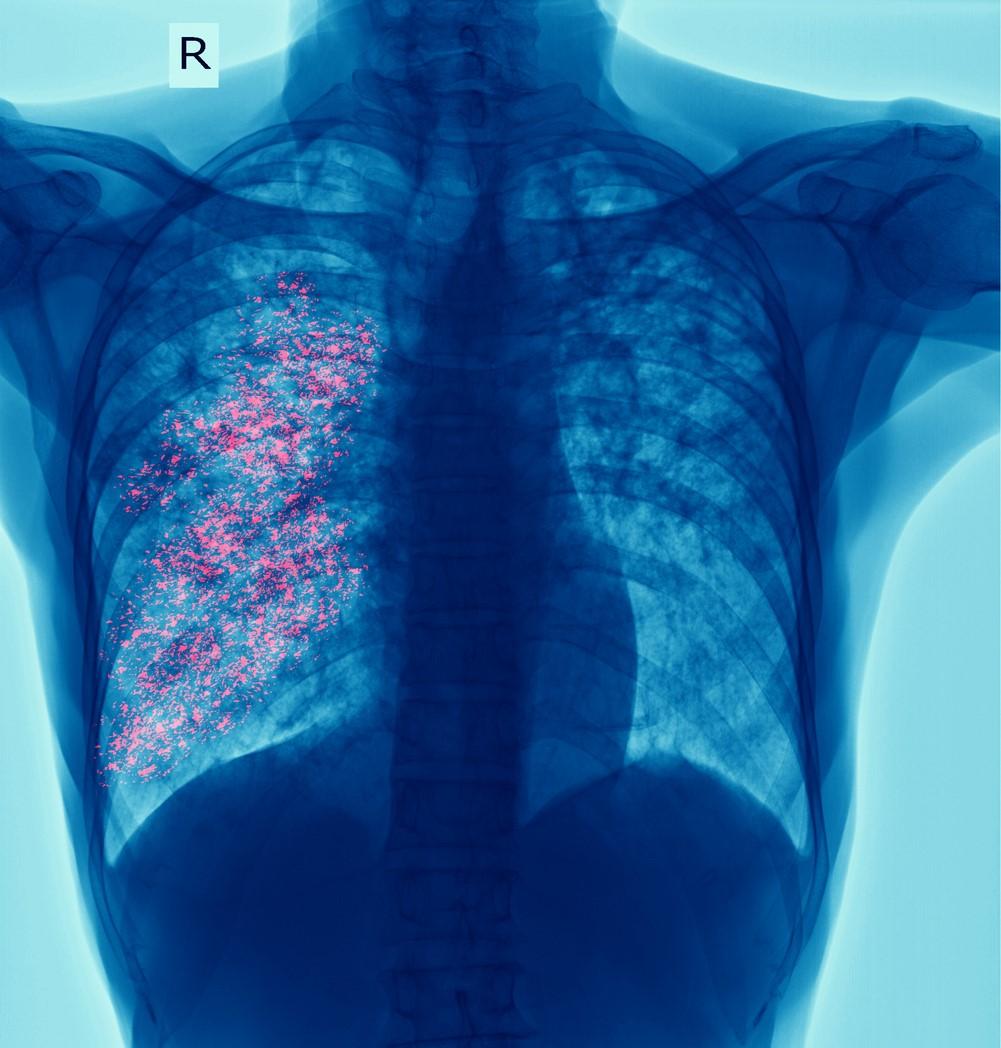 A California Department of Public Health review of 109 cases of healthcare professionals (HCP) with lab-confirmed mpox published last week in Infection Control & Hospital Epidemiology found that 90% had nonoccupational risk factor exposures, and only 1 case was tied to workplace exposure, likely from a sharps injury.
A California Department of Public Health review of 109 cases of healthcare professionals (HCP) with lab-confirmed mpox published last week in Infection Control & Hospital Epidemiology found that 90% had nonoccupational risk factor exposures, and only 1 case was tied to workplace exposure, likely from a sharps injury.
For the analysis, the authors included laboratory-confirmed mpox cases in HCP who had onset of rash or other symptoms from May 12 to September 30, 2022. They excluded cases reported to the Los Angeles County Department of Public Health because of differences in data collection. Patients were from 19 California counties. Of the 109 infected HCP, 102 (94%) were men and 98 (90%) identified as gay, lesbian, or bisexual.
We found no evidence of [mpox virus] transmission from HCP to patients or colleagues in the workplace.
Many HCP worked in direct patient-care roles, including 34 nurses (31.2%), 20 clinical support staff members (18.3%), and 5 physicians and physicians assistants (4.6%).
One case tied to worksite
Overall, 90% of the HCP with mpox had nonoccupational-exposure risk factors. One occupationally acquired case was tied to a sharps injury while scraping a patient's mpox lesion for diagnostic testing.
The authors conclude, "We found no evidence of [mpox virus] transmission from HCP to patients or colleagues in the workplace, and we are not aware of any other reports that describe transmission from HCP to workplace contacts."












